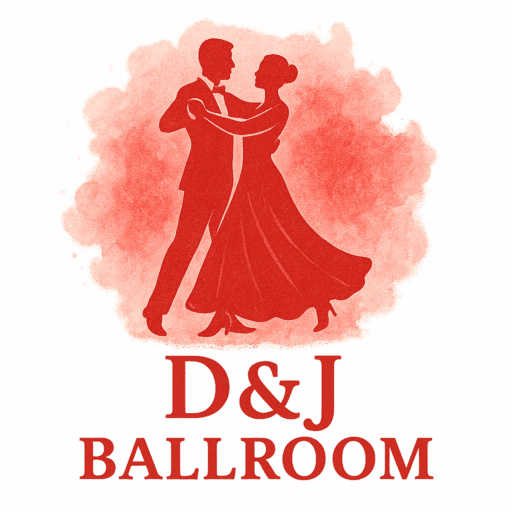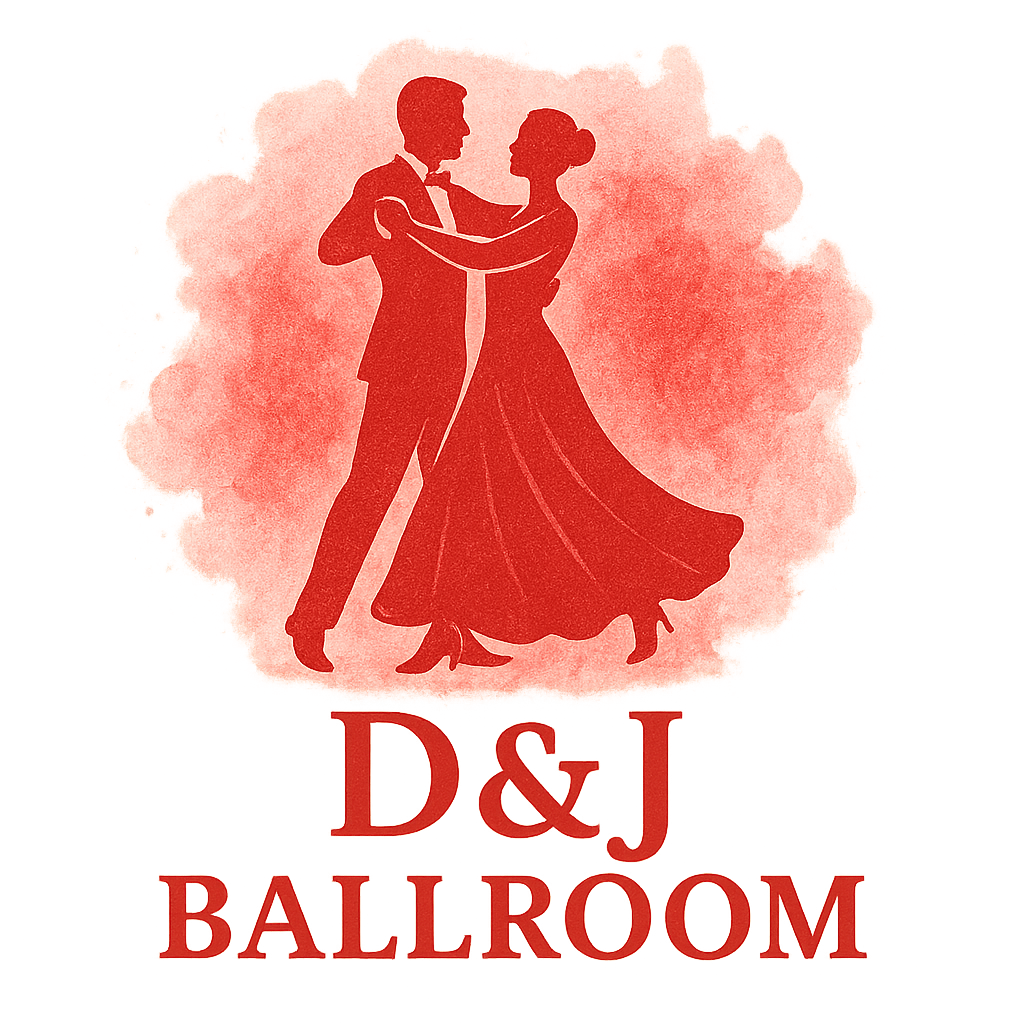Introduction to Ballroom Drills Without Music
When most people picture ballroom dancing, they imagine elegant movements flowing perfectly with the rhythm of the music. But here’s a little-known secret: some of the most polished dancers actually practice without music. Why? Because silent practice drills sharpen awareness, build stronger connections, and refine techniques that even music can sometimes hide.
In this article, we’ll dive into 9 ballroom technique drills designed to help you and your partner connect more deeply without relying on rhythm.
Why Practice Ballroom Technique Without Music?
Building Awareness of Your Partner
Practicing in silence allows you to focus fully on your partner’s movement and subtle cues. It sharpens your sensitivity to pressure, weight shifts, and body language. Think of it as strengthening your “dance radar.”
Sharpening Muscle Memory
According to ballroom training principles, repetition helps your body memorize movements until they feel effortless. Silent practice frees you from chasing music and lets you engrain technique into muscle memory.

Improving Balance and Control
Silent drills give you the chance to slow everything down, refine your posture and alignment, and ensure your balance supports smooth partner work.
Essential Principles of Ballroom Connection
The Role of Frame in Ballroom Dance
Your ballroom frame is the backbone of your connection. A steady, well-shaped frame allows energy to transfer seamlessly between partners, which is why it’s emphasized heavily in ballroom culture and history.
Understanding Weight Transfer
In dances like the waltz or tango, weight transfer plays a huge role in communication. Smooth shifts signal intention long before the feet move.
Timing Without Relying on Music
Even without a song playing, you can use breath counts, internal rhythms, or natural pauses to stay in sync. Many competition dancers rely on this skill when tempos are unpredictable.
9 Ballroom Technique Drills for Connection Without Music
Drill 1: Posture Reset and Alignment
Stand tall with lifted chest, relaxed shoulders, and lengthened spine. Reset posture together before each drill—it’s the foundation of every ballroom technique.
Drill 2: Partner Frame Synchronization
Hold your ballroom frame and gently match your partner’s tone and pressure. This exercise mirrors what you’ll need for social dances and competitions.
Drill 3: Slow Motion Walking Drill
Walk in extreme slow motion side by side or in closed hold. Focus on how each step transitions weight. This is particularly helpful for smooth dances like the waltz.
Drill 4: Weight Transfer with Pressure Awareness
Stand still, shift weight foot-to-foot while applying light pressure to your partner’s hand or frame. This helps improve grounding, especially for rhythm-based dance styles.
Drill 5: Mirror Connection Exercise
Face your partner—one leads small movements, the other mirrors. This builds sensitivity and non-verbal communication, skills deeply valued in ballroom culture.
Drill 6: Closed Hold Resistance Training
Maintain a closed hold, gently applying push-and-pull resistance. You’ll notice how strong frame control prevents collapse—a drill often used by dancers preparing for competitions.
Drill 7: Lead and Follow Without Steps
Forget choreography. Practice only the lead-follow connection by shifting upper body energy. This isolates connection from movement and enhances partner sensitivity.
Drill 8: Eye Contact and Silent Cues
Rely on eye contact, breath cues, and touch instead of steps. This drill makes your connection feel like a conversation rather than a routine.
Drill 9: Shadowing and Reflection Technique
One partner dances simple patterns while the other shadows directly behind. This improves alignment, coordination, and synchronization—skills that carry into ballroom training.
How to Structure a Ballroom Practice Session Without Music
Warm-Up and Body Awareness
Start with posture resets, stretches, and balance checks to avoid stiffness. Warm-ups are crucial before attempting ballroom drills.
Drill Repetition and Focus Areas
Pick 2–3 drills each session and repeat until smooth. Consistency matters more than variety, especially when practicing without music.
Cool Down and Reflection
Finish with relaxed breathing and partner feedback. Many professional ballroom dancers keep practice journals to track progress.
Common Mistakes Dancers Make During Silent Practice
Overthinking Steps Instead of Connection
Silent practice is about building awareness, not memorizing patterns. Don’t let steps distract you from what really matters.
Ignoring Breathing and Natural Flow
Breath naturally guides movement. Shallow or forced breathing creates stiffness that breaks flow.
Neglecting Partner Feedback
Ballroom is a partnership. Ignoring your partner’s signals is like dancing solo. Always check in after drills.
Tips for Maximizing Connection in Ballroom Dancing
Practice Both Lead and Follow Roles
Try both roles. Leaders learn empathy, followers gain timing insight. It makes your connection stronger in all dance styles.
Develop Non-Verbal Communication Skills
Small gestures, subtle pressure, and body awareness create a “silent language” between dancers.
Use Visualization Techniques
Even without music, visualize dancing to a melody. This blends silent connection with expressive artistry.
Benefits of Silent Ballroom Drills Beyond Dance
Building Confidence in Social Dance
Social dancers benefit from silent practice because it eliminates dependency on external rhythms.
Reducing Dependence on Music in Competitions
At ballroom competitions, tempos can vary. Silent training makes you adaptable.
Enhancing Emotional Expression
Silent drills help dancers tap into emotion rather than rhythm. It’s like rehearsing a scene in theater before adding sound.
Conclusion
Silent practice might feel unusual at first, but it’s one of the most powerful tools for mastering ballroom connection. By focusing on posture, balance, weight transfer, and non-verbal communication, you and your partner can build a deeper bond that shines when the music returns. Whether preparing for competitions, social dances, or simply for fun, these drills will help you dance with more confidence and expression.
FAQs
1. Can beginners benefit from practicing ballroom drills without music?
Yes! Beginners often gain better control when not distracted by music.
2. How long should a silent ballroom drill session last?
About 20–30 minutes per session is ideal for focus without fatigue.
3. Do professionals still practice ballroom without music?
Absolutely—many top dancers dedicate silent sessions to refine ballroom techniques.
4. How can I know if I’m improving my connection?
You’ll notice smoother signals, better balance, and more effortless synchronization with your partner.
5. Should I use a mirror for these drills?
Yes, mirrors help check posture and alignment—but always prioritize partner feedback.
6. Can silent drills help with musicality too?
Definitely. By internalizing rhythm, you’ll become more expressive when the music returns.
7. Is it okay to mix music and silent drills in one session?
Yes! Alternating between the two balances technical refinement with musical artistry.


